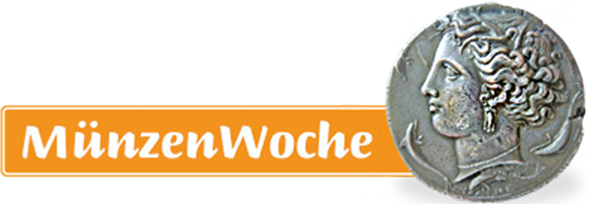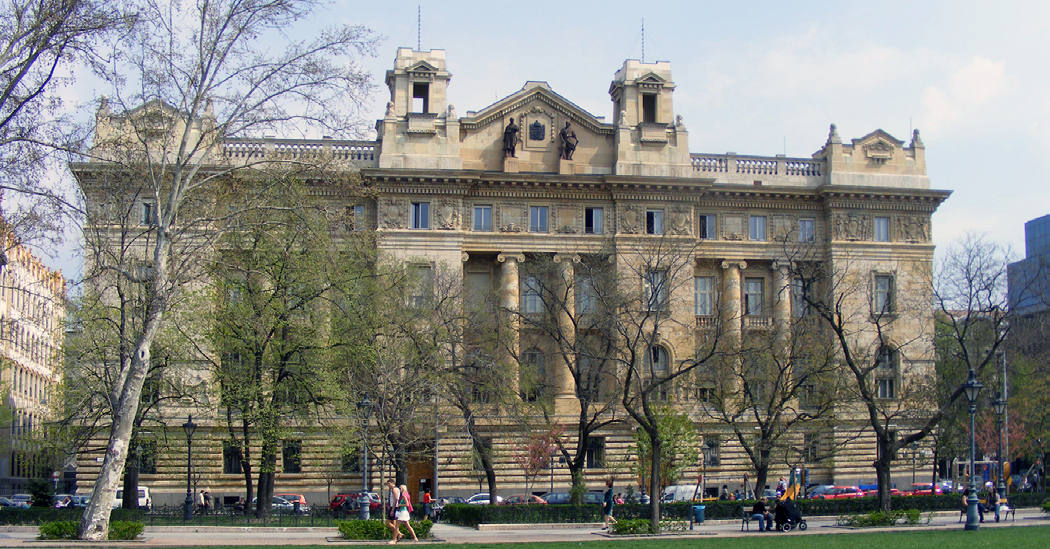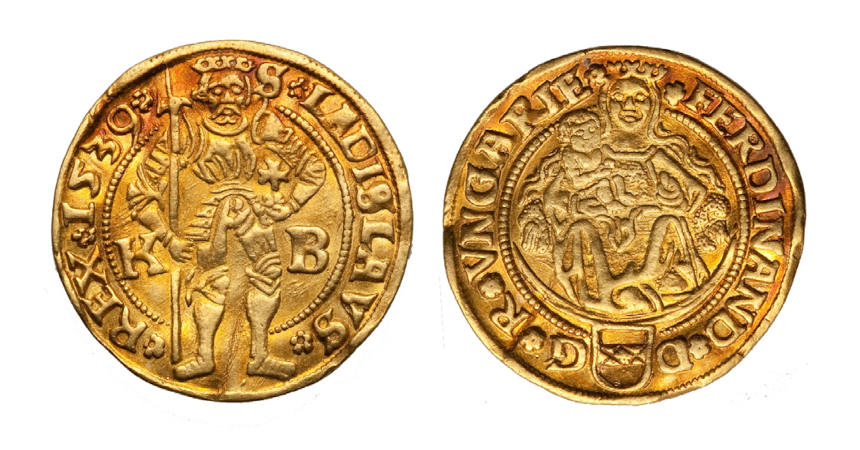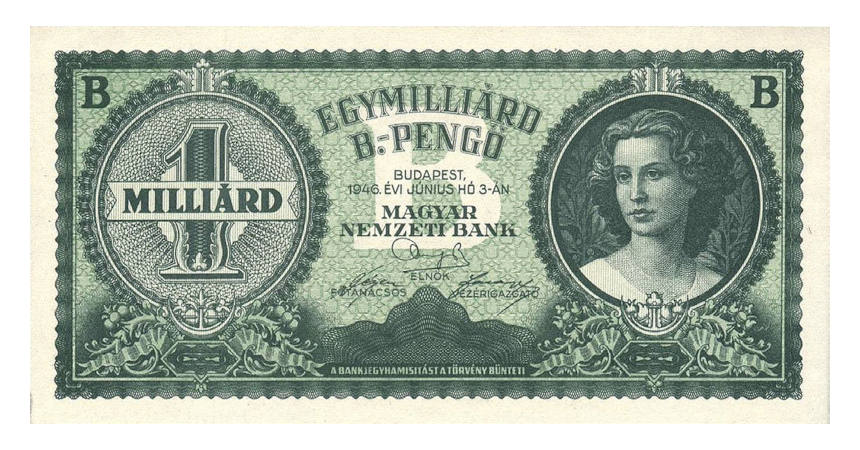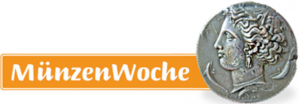Hungarian National Bank Visitor Center
Wenn es kein Logo gibt, wird diese Spalte einfach leer gelassen. Das Bild oben bitte löschen.
(Dieser Text wird nicht dargestellt.)
Krisztina krt. 6
1122 Budapest
Tel: +36 1 428-2752
The Hungarian National Bank (Magyar Nemzeti Bank ), built in 1905, is located on the eastern side of Budapest’s historic Freedom Square (Szabadság tér ). It is one block from the U.S. Embassy and across the square from the former Stock Exchange building that now serves as the headquarters for Hungarian National Television. The building’s limestone frieze even features carvings with motifs of smelting ore, designing paper money, industry and trade, banking and mining.
As the country’s central bank, it opened its Visitor Center in the spring of 2004 as an interactive museum for adults and children to exhibit the history of money from the earliest times to the euro.
Bank Visitor Center
The Museum uses computer displays and films along with traditional exhibits, in Hungarian only, of its specimens of coins and other articles to show visitors how money developed through history—from the Kaori shell money of the South Pacific islands to today’s modern telebanking services. Included are examples from times when bartering was the norm, such as how many chickens were worth one cow.
Interactive Activities
The Visitor Center also features a number of interactive activities. Visitors can stand on a scale, and after a short delay, a printed receipt will indicate how much one weighs as measured in 100-forint coins. Visitors can operate a coin press that was in use from the 14th to the 19th centuries. One can try to lift a 12-kg gold bar and compare it with similar sized bars of lead and iron. Visitors can even print their picture on a banknote, but only if enough quiz questions are answered correctly.
Besides quizzes and games, there are also fascinating facts presented, such as that it takes approximately 1,000 shredded banknotes to make one brick weighing 1.2 kg of outdated or damaged banknotes. There is also a wall panel made up of Hungarian sayings that include the Hungarian word pénz (money) and its variations.
Hungarian Money and the Euro
Against the back wall visitors can also follow the milestones in both the history of money in Hungary and the Magyar Nemzeti Bank, understanding the Bank’s tasks and goals in its role as the nation’s central banker.
Although Hungary is not currently a member of the EU’s euro area, there are displays that explain the euro, the European Union’s common currency, with examples that show the wide range of notes and coins from various periods and euro area countries, including currencies that have not even been issued yet.
Also included is the history of the bank building including such items as scales, wax and seals, and pens. A recreation of an office from a 1920s bank includes a huge Waltheim safe, dating from 1879. There’s also a section with coins and banknotes from different countries, and a section on price and stability, and counterfeiting.
This text was written by Howard M. Berlin and first published in his book Numismatourist in 2014.
You can order his numismatic guidebook at Amazon.
Howard M. Berlin has his own website.





